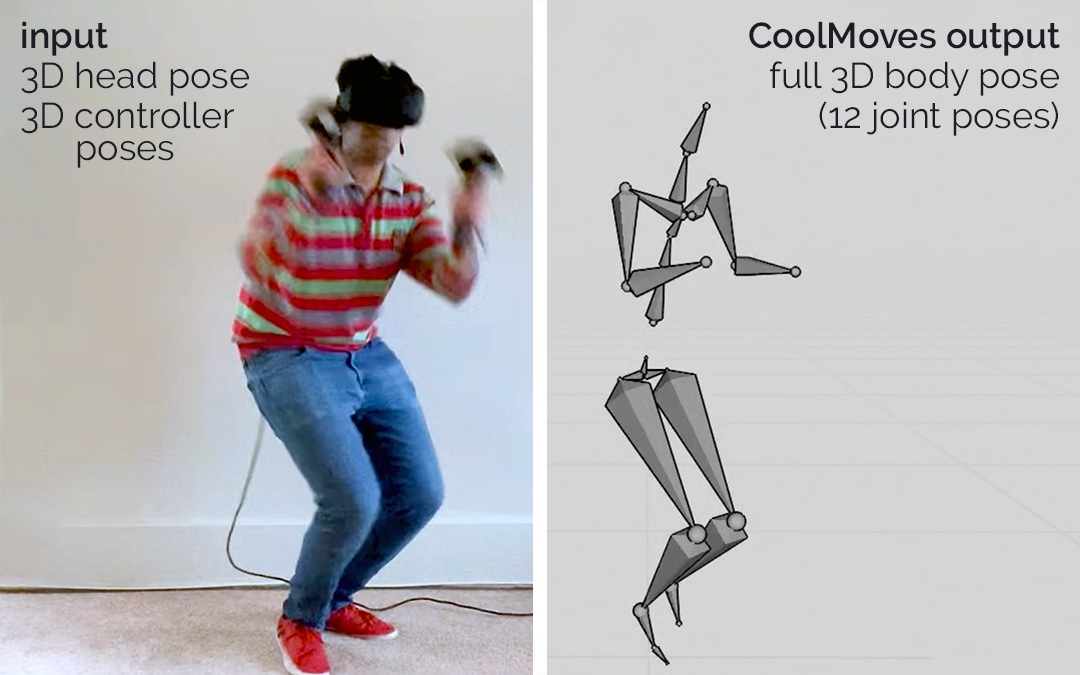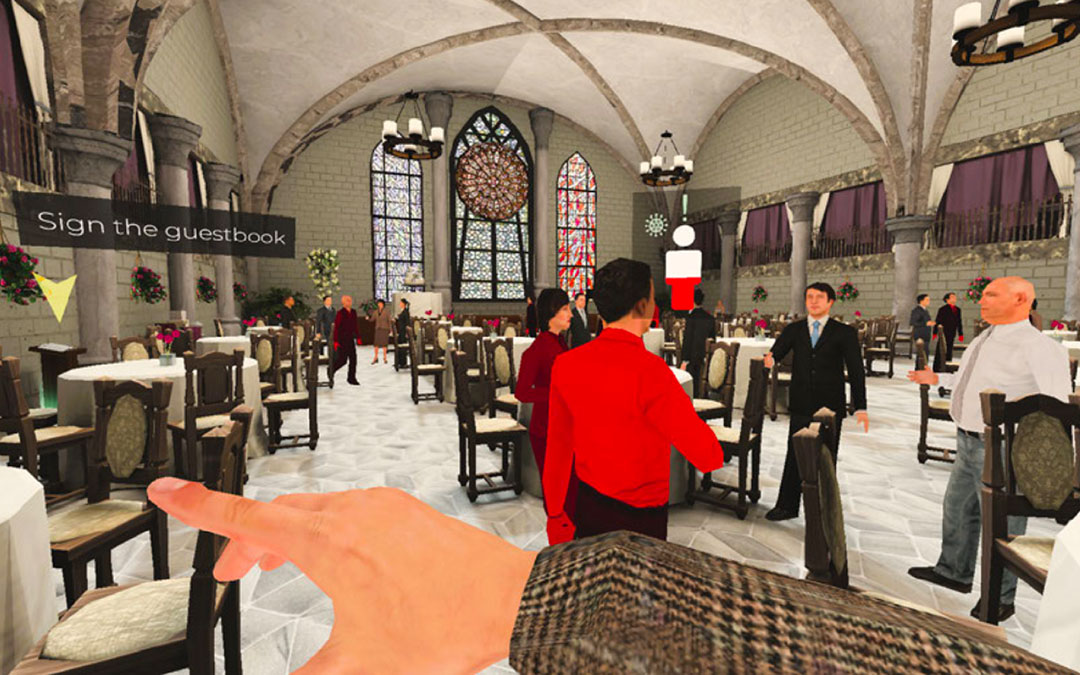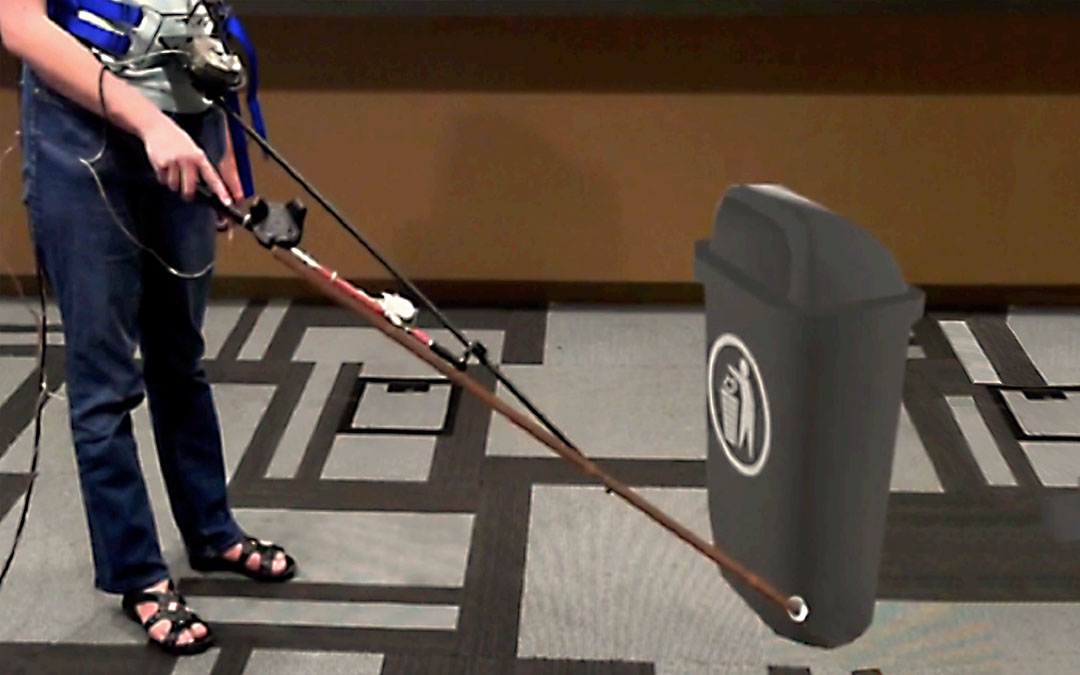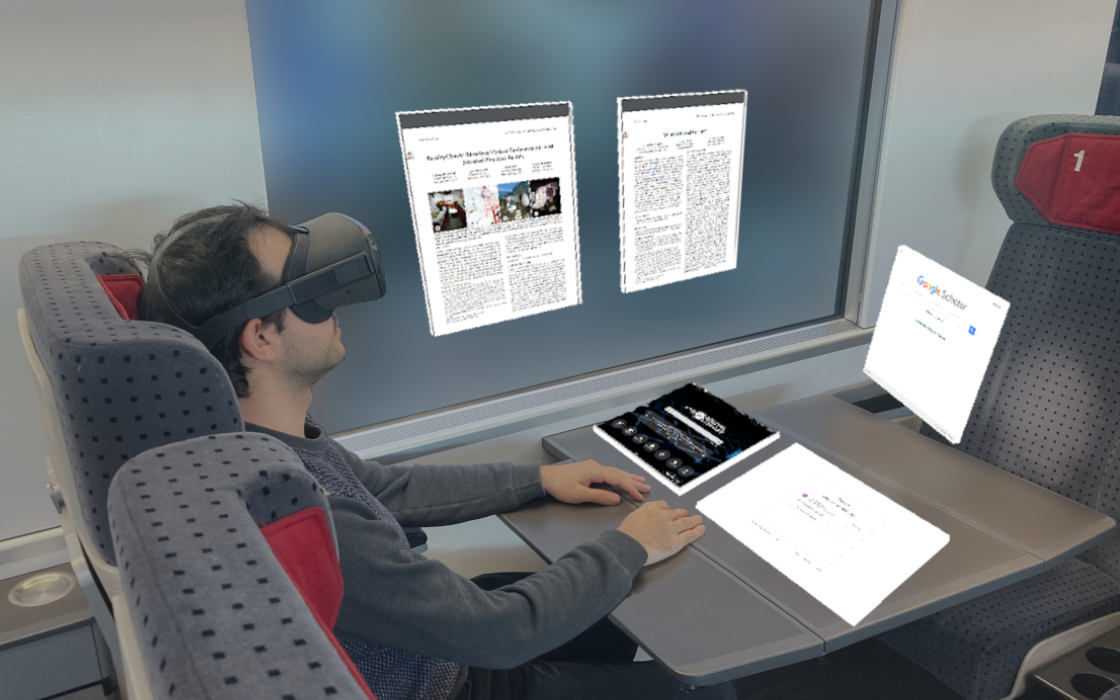ViGather
Inclusive Virtual Conferencing with a Joint Experience Across Traditional Screen Devices and Mixed Reality Headsets
ACM MHCI 2023Abstract
Teleconferencing is poised to become one of the most frequent use cases of immersive platforms, since it supports high levels of presence and embodiment in collaborative settings. On desktop and mobile platforms, teleconferencing solutions are already among the most popular apps and accumulate significant usage time—not least due to the pandemic or as a desirable substitute for air travel or commuting. In this paper, we present ViGather, an immersive teleconferencing system that integrates users of all platform types into a joint experience via equal representation and a first-person experience. ViGather renders all participants as embodied avatars in one shared scene to establish co-presence and elicit natural behavior during collocated conversations, including nonverbal communication cues such as eye contact between participants as well as body language such as turning one’s body to another person or using hand gestures to emphasize parts of a conversation during the virtual hangout. Since each user embodies an avatar and experiences situated meetings from an egocentric perspective no matter the device they join from, ViGather alleviates potential concerns about self-perception and appearance while mitigating potential ‘Zoom fatigue’, as users’ self-views are not shown. For participants in Mixed Reality, our system leverages the rich sensing and reconstruction capabilities of today’s headsets. For users of tablets, laptops, or PCs, ViGather reconstructs the user’s pose from the device’s front-facing camera, estimates eye contact with other participants, and relates these non-verbal cues to immediate avatar animations in the shared scene. Our evaluation compared participants’ behavior and impressions while videoconferencing in groups of four inside ViGather with those in Meta Horizon as a baseline for a social VR setting. Participants who participated on traditional screen devices (e.g., laptops and desktops) using ViGather reported a significantly higher sense of physical, spatial, and self-presence than when using Horizon, while all perceived similar levels of active social presence when using Virtual Reality headsets. Our follow-up study confirmed the importance of representing users on traditional screen devices as reconstructed avatars for perceiving self-presence.
Video
Reference
Huajian Qiu, Paul Streli, Tiffany Luong, Christoph Gebhardt, and Christian Holz. ViGather: Inclusive Virtual Conferencing with a Joint Experience Across Traditional Screen Devices and Mixed Reality Headsets. In Proceedings of ACM MHCI 2023.






